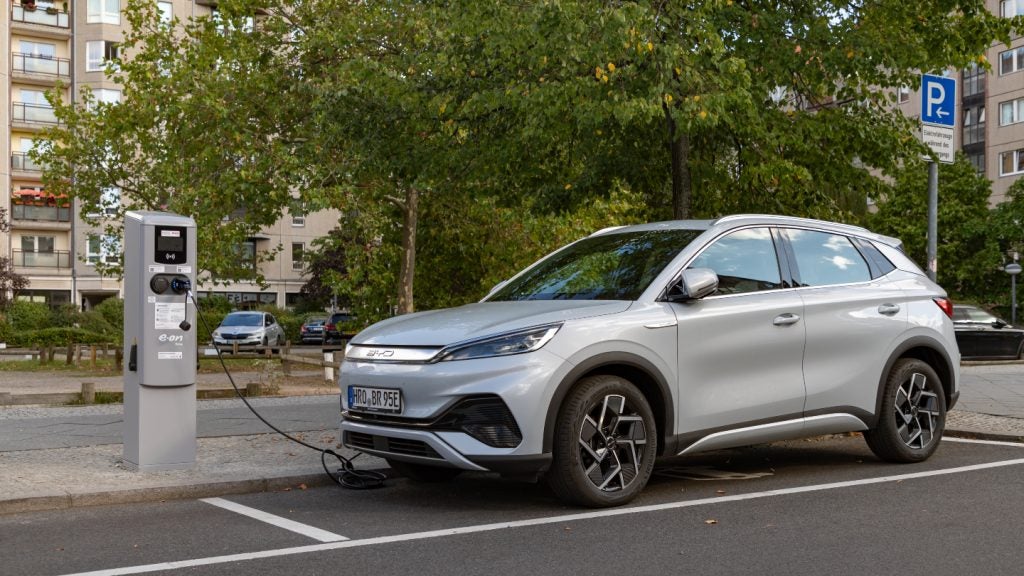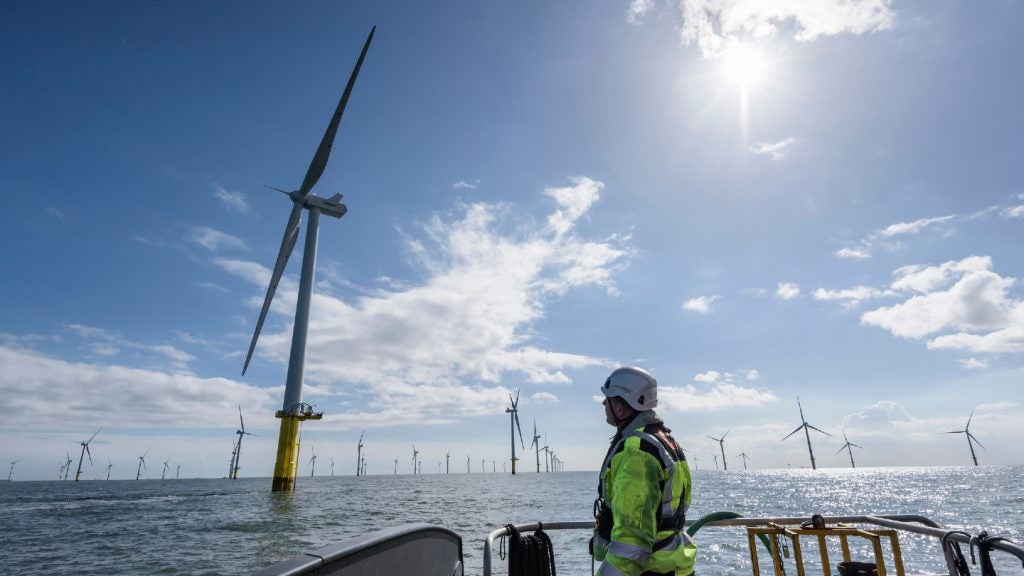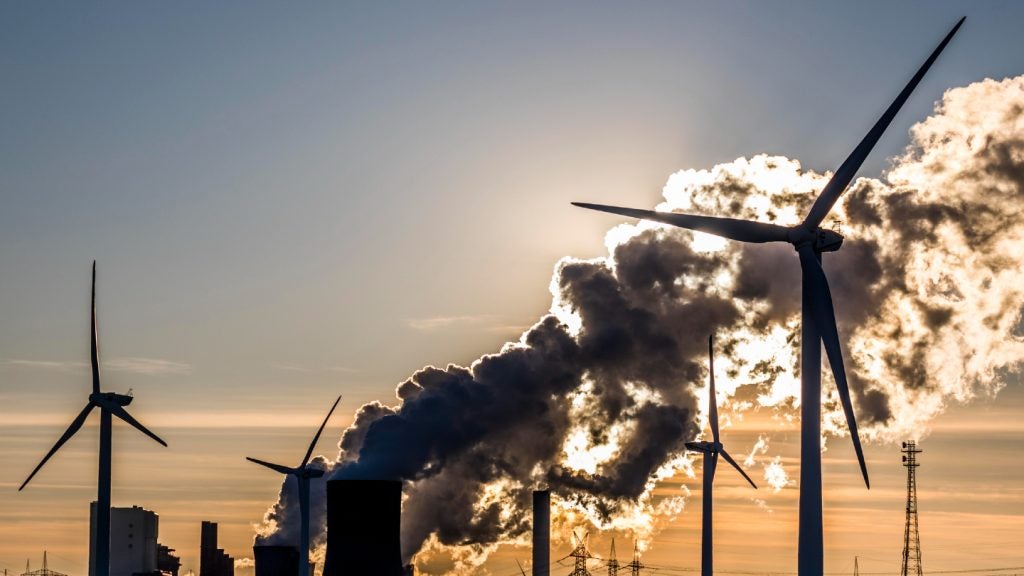While the European Union’s (EU) recently introduced tariffs on Chinese electric vehicle (EV) imports were met with an unsurprisingly chilly reception in Beijing, the Chinese Chamber of Commerce to the EU expressing its “shock, grave disappointment and deep dissatisfaction with the protectionist trade measure”, they do not disguise the challenge that European carmakers have on their hands – or the likelihood that it will be China driving the green transition in the global automotive industry.
Effective from July 4, the tariffs on battery EVs (BEVs) come on top of existing tariffs of 10% on imports of all new cars to the EU – from China or otherwise. They are aimed at stemming a saturation of the European EVs market by affordable Chinese models unfairly developed, European carmakers argue, with significant state support. Initially, the tariffs ranged from 17.4% (on BYD models) to an eye-watering 38.1% (on SAIC models).
They have been wound back slightly, but not before causing a spike in sales as European consumers rushed to make purchases before the measure took effect, with Chinese marques accounting for a record 11% of European EV sales in June.
While that figure has understandably fallen since the tariffs were introduced, it nonetheless shows just how significantly China has encroached on the European EVs – and, indeed, broader automotive – market in recent years.
According to the IEA, China accounted for just over half of global EV sales in 2023, well ahead of Europe at a little over 20% and the US at 9%. That market share lead is expected to fall slightly in the coming years but still remain strong, with the IEA forecasting that China will command around 40% of global EV sales by 2030.
How China achieved EVs dominance
When discussing China’s current EV boom, it is important to understand how the country came to dominate the battery energy storage and EV markets.
GlobalData energy transition analyst Clarice Brambilla explains: “China began investing in EVs as early as 2009 when the country decided to provide financial subsidies to EV companies, as well as individual consumers, so that companies could invest in improving their models, and customers be incentivized to purchase EVs instead of internal-combustion-engine (ICE) vehicles.
“According to the MIT technology review, the Chinese government spent over CN¥200bn (approximately $29bn) on EV subsidies and tax breaks. This strategy yielded the desired results, as, in 2022, more than 6 million EVs were sold in China, which accounted for over half of the global EV sales.
“This rapid growth was greatly helped by the country’s vast access to the required raw materials. Interestingly, according to the Observer Research Foundation, China only holds less than 7% of the world’s lithium reserves. However, despite this, the country is the world’s largest importer, refiner, and consumer of lithium.
“Since 2018, Chinese companies have been purchasing some of the world’s largest lithium mines, including two in Argentina, three in Canada, two in Australia, one in Zimbabwe, and one in the DRC. It is through this acquisition strategy, together with its own production, that China has been able to supply 70% of the world’s lithium production, which it primarily sells to its domestic lithium battery manufacturers.
“All these factors together have allowed the country to dominate the EV market.”
In fact, as GlobalData’s 2023 Batteries report notes, not only has China’s control of the batteries sector helped it to build dominance in the EVs industry, but it has become a mounting geopolitical issue. Both the US and Europe are taking steps to reduce dependence upon China within their battery supply chains.
What China’s EVs dominance means for the green transition
Of the wider implications of China’s dominance, Brambilla notes: “The shift from ICE vehicles to EVs is obviously a move in the right direction for the global energy transition. Emission cuts in the transportation sector, both in China and globally, help accelerate progress towards net zero.
“In general, China’s growing infrastructure for battery energy storage systems, and vast availability of raw materials are positive factors for multiple reasons. Firstly, they allow for larger uptake of other renewable technologies such as solar and wind, since their effectiveness increases with the availability of storage options. Secondly, they allow for EV production to carry on meeting the growing demand, making it more feasible for China to meet its target of 90% fully electric vehicles by 2035.”
The IEA suggests that global CO2 emissions from the road transport sector need to drop by around 90% by 2050 to meet climate goals, making a reduction of around 50-60% by 2035 compared to current levels is a reasonable requirement.
By 2035, BloombergNEF estimates that around 60% of all passenger vehicles on the road will be EVs – around 700 million – and that around 40-50% of those (300-250 million) will be Chinese.
With road transport emissions having accounted for around 5.9Gt of CO2 emissions in 2021, which represented around 15-16% of the 36.3Gt total global CO2 emissions, it is not out of the question that China could be responsible for a reduction in automotive CO2 emissions in the region of 1.5Gt.
That would represent over 4% of 2021’s global total emissions figure if achieved – a remarkable figure for any one country in any one sector. Indeed, the EU’s stringent tariffs on Chinese EVs – whether economically sound or otherwise – can be seen to be effectively holding back the main driving force for the green transition in the automotive industry.













